Christian Lett joined Bait Studio in 2011 and takes care of the visual effects of many projects such as THE MACHINE, THE CALL UP, TAKE DOWN and DON’T KNOCK TWICE.
What is your background?
My background is software development. I studied computer science at Cardiff University and was a computer programmer & development manager for over a decade before deciding on a career change. I’m self-taught in VFX, working on a friend’s no-budget film and freelancing before landing my first professional job in Cardiff ten years ago. I started out working on children’s TV shows as a compositor, and then transitioned into supervising on the second series of GRANDPA IN MY POCKET for Cbeebies. Since then I’ve worked as a supervisor on a number of TV shows including CASUALTY, STELLA and BORN TO KILL, and feature films including THE MACHINE, THE CALL UP and DON’T KNOCK TWICE.
How was the collaboration with director Gareth Evans?
As a huge fan of his two THE RAID films I was very excited when I learned I’d be meeting Gareth to discuss the VFX for his next film! I got to work directly with him and his long-time DoP Matt Flannery during filming, and it was always a pleasure to work with them – very down to earth and approachable.
What was his expectations and approach about the visual effects?
Gareth has a very structured approach to making his films – fight scenes in particular were planned out in minute detail and shot exactly as they were edited so his approach to the VFX was no different – as the writer/director and editor Gareth had a clear vision of how he wanted the VFX to look, but was open to suggestions about how we tackled things, especially how the vines grew for example. Obviously because this film is set at the turn of the 20th century, any VFX had to look real and organic. He was quite VFX savvy having worked closely with his VFX team on the Raid films, which made it easy to discuss the VFX with him.
What are the sequences made by Bait Studio?
We worked on 70 of the more complex shots for APOSTLE, handling all of the sequences that needed vine and other plant growth, the boat sequence at the start of the film, plus a number of matte paintings and set extensions. We also did the big sequence at the end of the film featuring the cave exploding and spewing a cascade of blood and fire.
How did you organize the work your VFX Producer?
Once we’d finished shooting, I worked with our in house producer Pete Rogers, and Andi Novianto from Clay Studio to work out which shots best suited which vendor. Gareth was also involved in that process, as he has worked with Clay Studio previously and knew what their strengths were. Pete and I prioritised the sequences we knew would be most difficult, so we could maximise the time we had on the most complex shots. With that in mind we brought in some very experienced FX TDs and got them involved before production began in earnest.
Can you explain in detail about the island creation?
The vast majority of what you see on screen was real – for example the village was built entirely on location at Margam County Park near Port Talbot. However certain scenes needed matte paintings to change the landscape, in particular the lagoon seen at the start of the film when the boats arrive at the island. This was filmed at the National Diving Centre in Chepstow, which is an old quarry. Gareth wanted a narrow opening to the sea, which would be too small for the steamer to traverse, hence the row boats. Before we shot these scenes I mocked up a rough concept from a still I’d taken on the recce, which served as a starting point for our work, and this got further refined into a final concept by our matte painting artist, and ultimately into the finished matte painting. The camera pans round as the boats pass by, revealing an imposing cliff face on the far side of the lagoon; while there was already a cliff, Gareth felt that it was too lush with trees and ultimately didn’t extend high enough. He also wanted to see the cave opening that features in later scenes and the skeletal tree at the top of the hill that Thomas lays beside as he’s dying at the end of the film, so this required a second matte painting. For the closing scenes, where we’re at the top of the hill looking down at the lagoon, we needed to bring the geography of the lagoon to what was open sea, overlooked from the cliffs at Southerndown. We built stand-in geometry onto which we could project concept art to get the perspective right, before sending onto the matte painter for the final version.
How did you create the various boats?
The steam boat was a full-scale replica built by the art department on set in Swansea. I took lots of photographs and obtained the blueprints used to build the practical boat. The CG boat was modelled in Maya and textured using Substance Painter. The rendered CG boat is only featured at the end of the film, and from quite a distance, populated with CG characters; however we used the model to provide accurate water displacement and collisions for the shots where it is in port, and travelling to the island. The smaller row-boats were modelled from photographic reference, as these were only ever going to be tiny on screen.
Can you tell us more about the water simulations and especially the storm?
All the water was simulated in Houdini and rendered using Mantra. The stormy sea is actually seen just twice – once through the cockpit window as Frank and Jeremy wrestle with the controls, and once when the Lonely Passenger throws the lamb overboard. Both these shots were filmed in the studio aboard the replica steam boat, which was set on a gimbal. Our fluids TD, Alejandro Echeverry used the boat geometry to cut a path through the waves and generate splashes. We also generated the surge of water that knocks the crate with the lamb to the floor.
Can you explain in detail about the vegetation creation?
The vines grow around and radiate out from the Goddess whenever she consumes blood. The set was built on location in Merthyr Mawr, not far from Bridgend in South Wales and the big reveal of Her powers was filmed on a very challenging night shoot! The rain had been lashing down and coming in through the roof of the barn, which meant we had to stop filming, but thankfully a break in the weather allowed us to get the one-minute shot before we wrapped. Although it appears like a relatively simple shot, it featured some precise timing and stunts to achieve. Our job was to add thousands of vines growing from within the network of branches built into the set, maintaining them for the whole duration of the shot with them all dying as Jennifer is hoisted up by The Grinder. We needed to build accurate set geometry from which we could grow our vines. Unfortunately we didn’t have the budget to get a LIDAR scan of the set, so we used a combination of photogrammetry and modelling for some of the larger branch structures; the smaller branches were generated using a shell-approximation directly from the plate, which is essentially taking the luminance values and generating displacement in Houdini. This set geo allowed us to procedurally « seed » our vines, acting as attractors for the vines to wrap around, as well as being shadow casters/catchers. The vines themselves were 100% procedural, each having seed points for leaves and flowers. We had fine controls for amongst other things how the vine would search for nearby geometry, and stiffen as it got older. We modelled, textured and animated about 16 different leaves and 4 different flowers, however they would all have slight procedural differences when spawned.
How did you animate its growing effects?
The leaves and flowers were all animated to have a life-cycle, from a bud, through being fully formed, and finally wilting and dying. Each vine controlled the stage of each of its leaves and flowers based on its own age. The vines themselves were animated procedurally.
The movie ends with lots of fire. How did you create and animate the FX element?
Some of the fire was filmed as elements on location. For example when Thomas first throws down the lamp to burn the Goddess we shot the throne on fire with a stunt performer in place of Sharon Morgan who plays Her. We were able to key the fire and place it very accurately in the plate shot, only requiring some additional sparks and embers requested by Gareth. When the fire starts to spread we had the difficult challenge of matching CG fire with actual fire in the plate. Because the real fire was all gas generated, it had certain characteristics we needed to match, which took quite a few iterations to get right. We were able to reuse some of the geometry we’d created for the vine growth to place our spreading fires. We used Houdini to perform all the fire and smoke sims, with Trapcode Particular in After Effects generating the sparks and embers.
The hero is literally getting part of the ground. How did you create this long shot?
One of our CG artists, Santeri Holm, was something of an expert in Blender, having used it for about 15 years. He’d already used it for a shot of some moss from earlier in the film, and we asked him if the same techniques could be used to grow the grass. Very quickly he rendered a demo of the grass, and we decided to go with that for the two-shot sequence, rendering the CG foliage in Cycles. The vines were initially generated and animated in Blender but later taken into Houdini to add extra hair-like details. We used Keen Tools Face Tracker to track actor Dan Stevens’s face; the track was used for rendering the interaction of the vines with his face, and also in comp to track on the subsurface effects of the vines under his skin. This was one of those shots that went down to the wire, and I think was the last shot we delivered.
Can you explain in details about the explosion and the river of blood?
This shot was one of the first we started, and one of the last to be completed! Our lead TD, Joe Thornley-Heard had the very difficult challenge of dealing with a cavern exploding, rocks falling, a cascade of blood that was also on fire, which needed to interact with the rocks (and vice versa), and the whole lot ends up falling into the water! We started with a matte painting of the cave, since that didn’t exist naturally within the cliff, and then modelled the geometry that was fractured around the cave opening. We went through quite a few variations of the rock fall simulation to get something that Gareth was happy with – the complications being that even if he liked the way one particular rock fell, tweaking a force setting even by a tiny amount would change its trajectory and we’d be back at square one. Once we’d achieved the rock fall, we tackled the fluid simulation for the blood. In addition to splashing off the falling rocks and cliff face, the blood needed to « paint » the geo so that it could leave its gory trail behind it. We used the blood as a fuel source for the fire; Gareth was keen that the blood and fire sit on the water’s surface, a bit like oil, and since the large rocks were churning up the water’s surface we had to completely replace it with a separate fluid simulation. Everything was simulated together in Houdini and rendered in Mantra.
What was the main challenge on the show and how did you achieve it?
I think our main challenge was one of logistics – this was our first big, full 4K show, and that came with its own challenges: managing storage for multiple versions of shots, some with over 1,000 frames, the simulation caches that we had to run, not to mention rendering the shots on our render farm. It caused us a few headaches but we got through it intact! We made use of cloud rendering from GridMarkets for some of the bigger shots, which freed up our internal render farm, and kept on top of storage by regularly archiving versions we knew were no good. In the end it all came down to great management by our production team.
Which sequence or shot was the most complicated to create and why?
It’s a toss up between the big vine shot and the cave explosion. Both these shots were being worked on pretty much throughout the six months we were doing the VFX.
Is there something specific that gives you some really short nights?
I think because we were such a small team, and this was our biggest show, not in terms of shot count, but certainly in complexity, there were some sleepless nights towards the end when the deadline was approaching. We had a fantastic crew though, who pulled some late nights to get us over the finish line and deliver some work I’m really proud of.
Is there any other invisible effects you want to reveal to us?
We did some minor continuity fixes and simple FX (like adding embers to the shot where Frank throws a book into a fire) but most of our work was on specific FX sequences. However the lamb springs to mind (no pun intended!) – the stunt lamb that’s in the crate and subsequently thrown out of the boat was a prop lamb that sadly didn’t look like his real counterpart used for close-ups. After many takes it ended up looking quite bedraggled and lifeless so we did some clean-up and animation to give it some additional motion. We completely took over the lamb being thrown out with a CG version to fatten it up a bit, and dirtied up the real lamb to help the continuity.
What is your favorite shot or sequence?
During production it was the shot of the boats arriving into the lagoon; At the end of production it was the explosion shot. But when I saw the finished film, the big shot of the vines growing was the standout moment for me, as it all worked beautifully with the music and sound effects.
What is your best memory on this show?
Other than delivering the final shot, it would be directing the stunt unit for a day in the studio. This was for a scene where the guards are being impaled and crushed by tree branches when the goddess is getting her revenge. We shot a number of stunt performers dressed as guards and suspended in the air against a greenscreen. It was great fun, describing the horrible ways that the guards were being killed and maimed, and watching them act out my directions!
How long have you worked on this show?
As well as my time on set, Bait Studio worked for six months on the VFX for APOSTLE.
What’s the VFX shots count?
I’m not entirely sure of the final shot count but I think it was around the 400 mark, of which Bait Studio did 70 shots. Clay Studio in Indonesia did the lion’s share of the VFX, with Squint picking up a couple of shots from the beginning of the film.
What was the size of your team?
We had a pretty small team of just 21 people, which included 3 production crew, our tech support and 17 artists.
What is your next project?
We’ve just finished shooting OUTSIDE with director Romola Garai, which is a character-driven horror film produced by Matthew James Wilkinson, who we’d previously worked with on THE CALL UP. We’ll be starting work on the VFX in the new year.
A big thanks for your time.
APOSTLE – ANATOMY OF A SHOT – BAIT STUDIO
WANT TO KNOW MORE?
Bait Studio: Dedicated page about APOSTLE on Bait Studio website.
© Vincent Frei – The Art of VFX – 2018


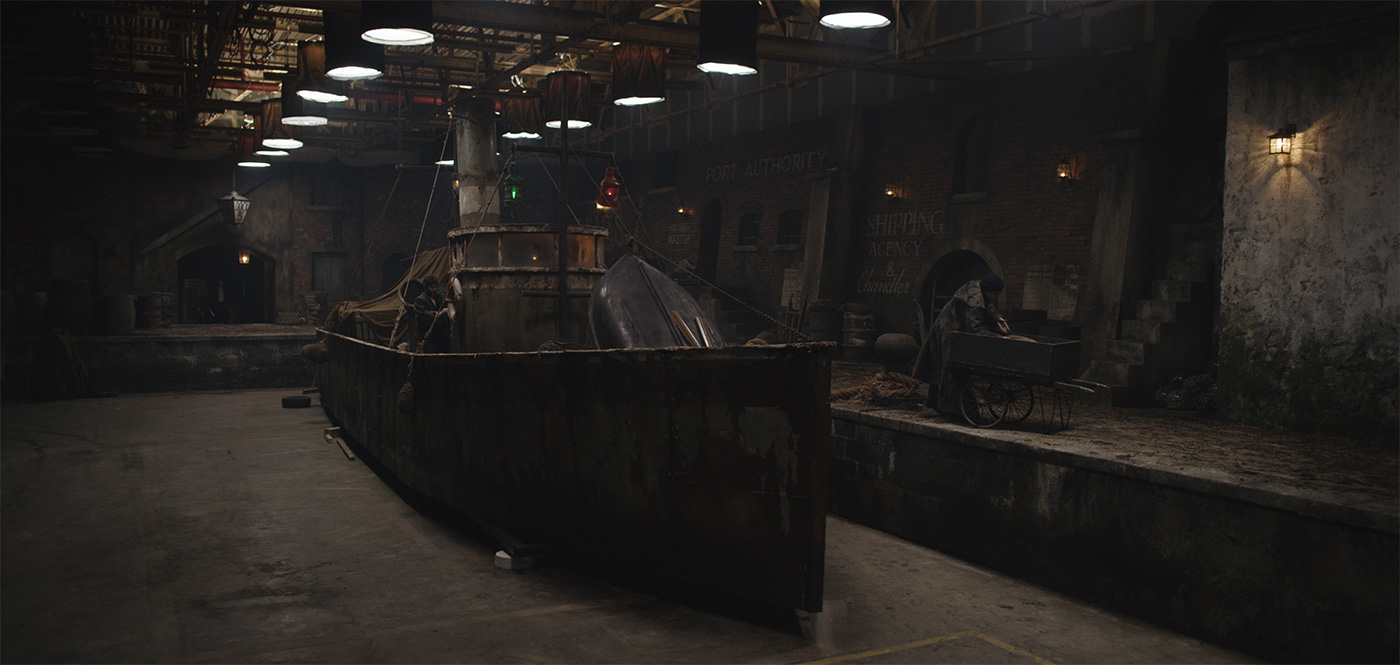
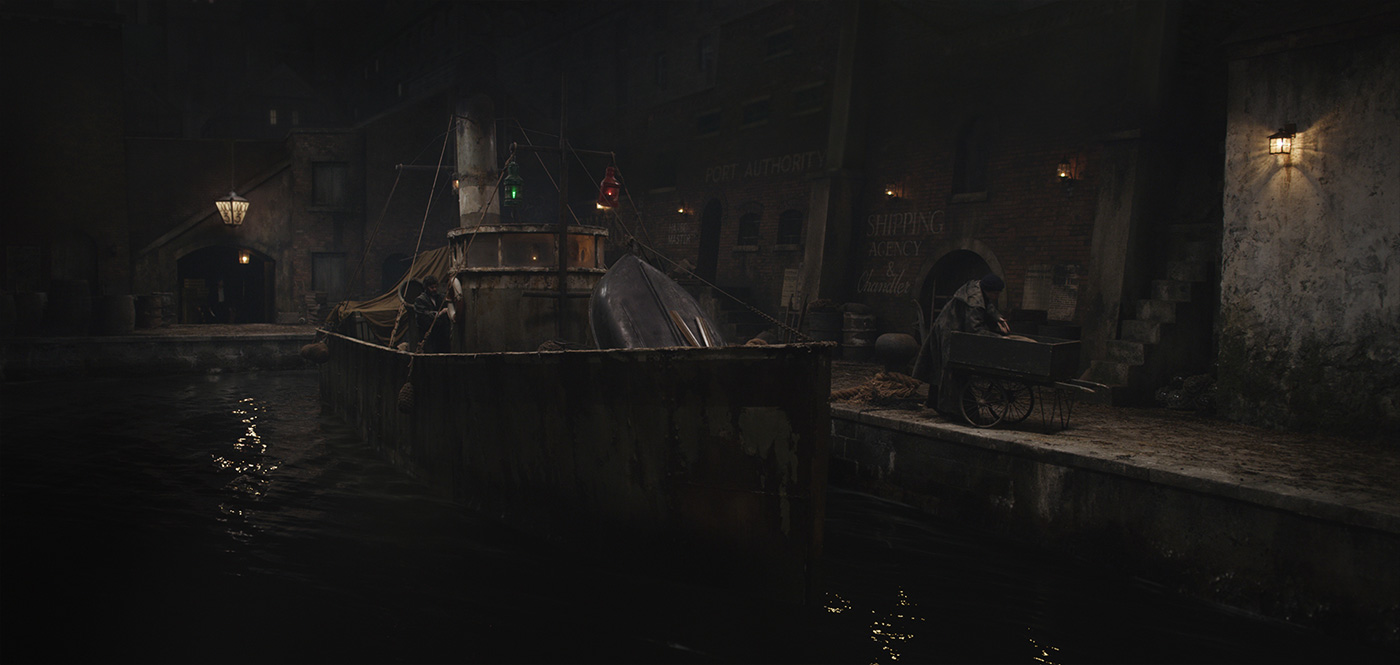
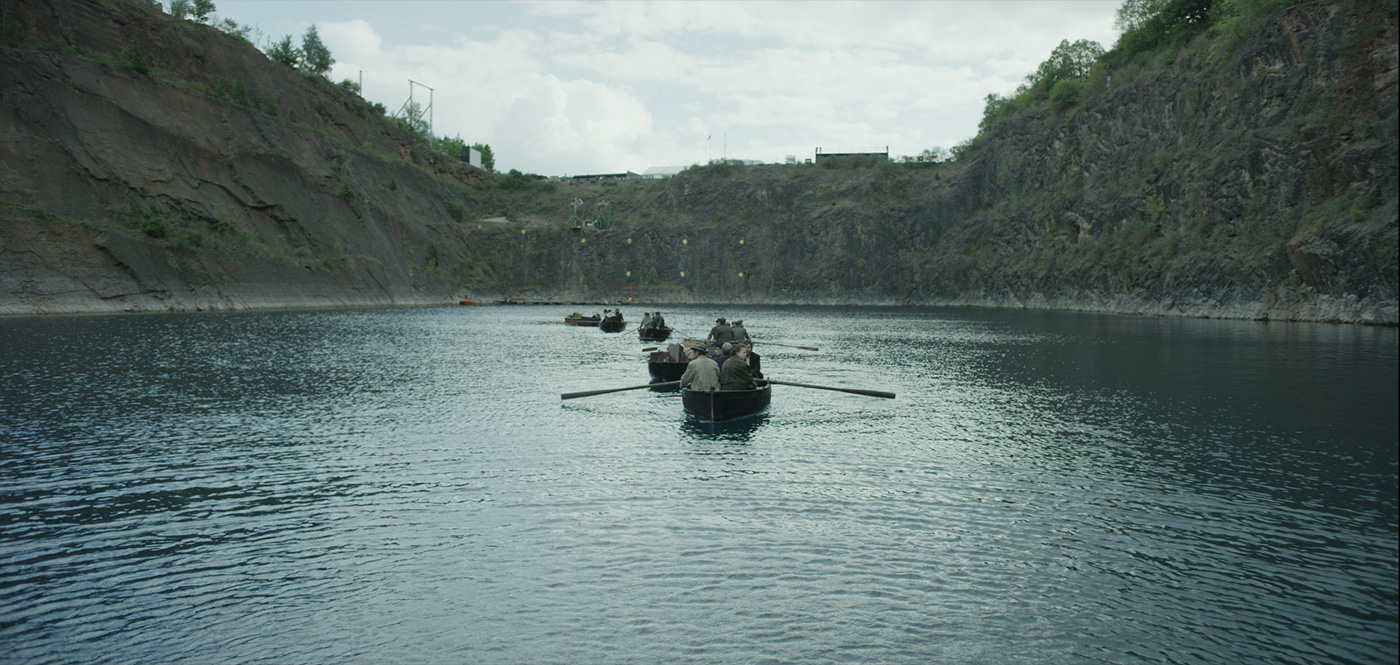
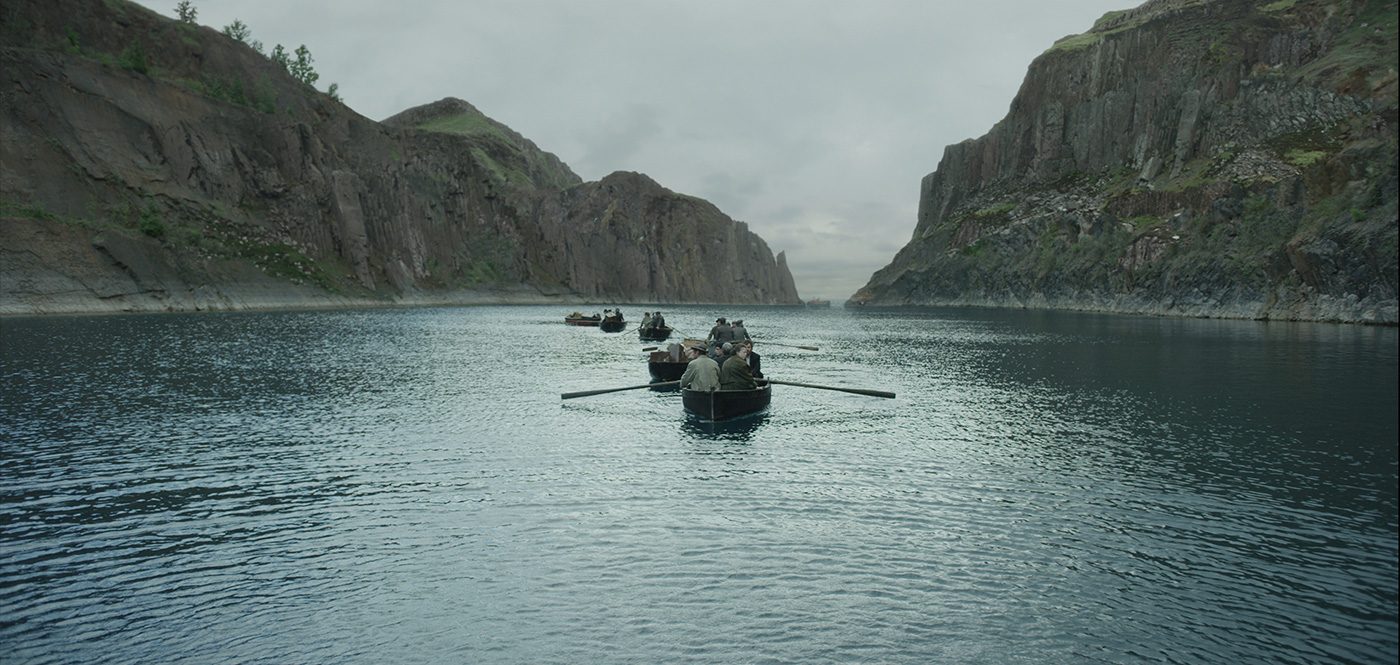
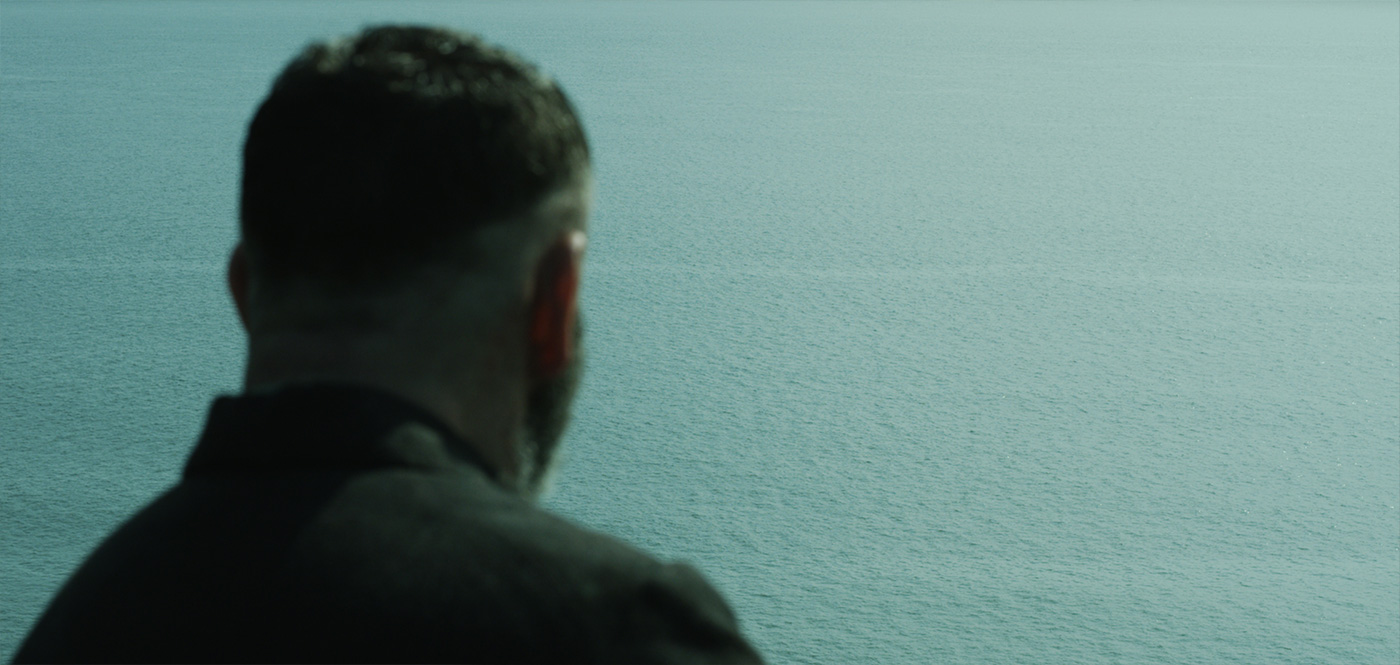
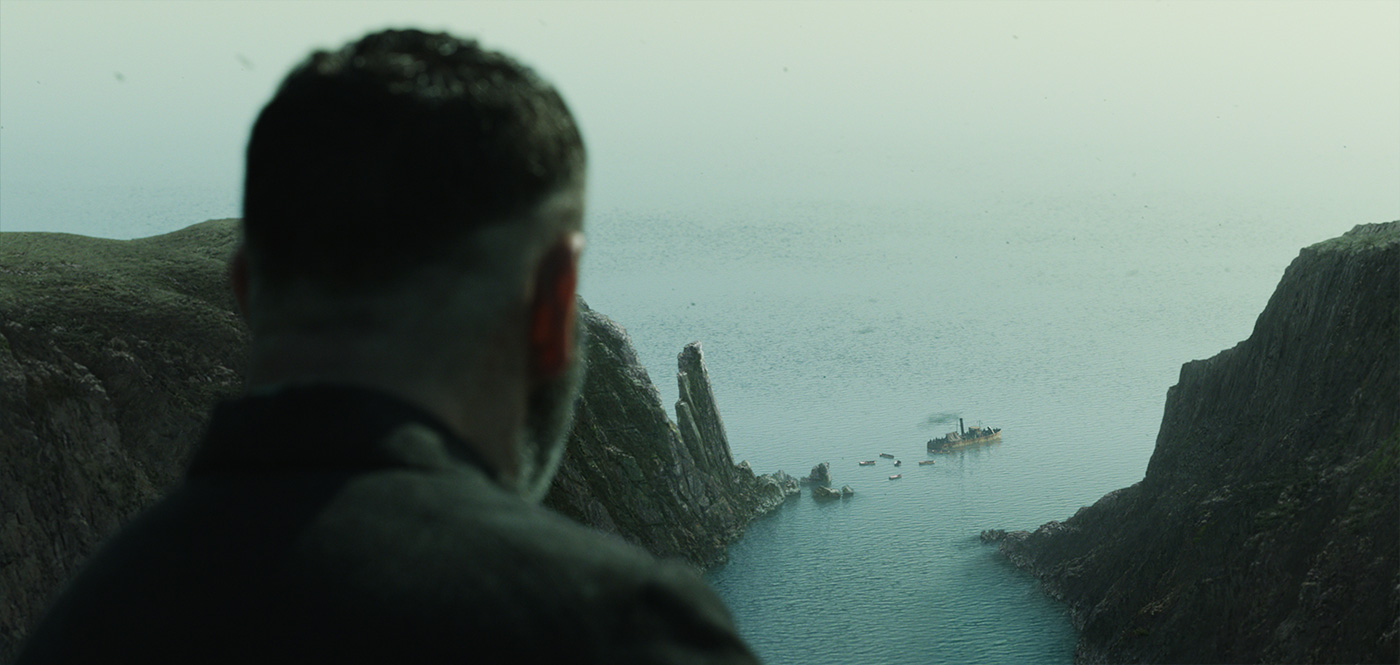
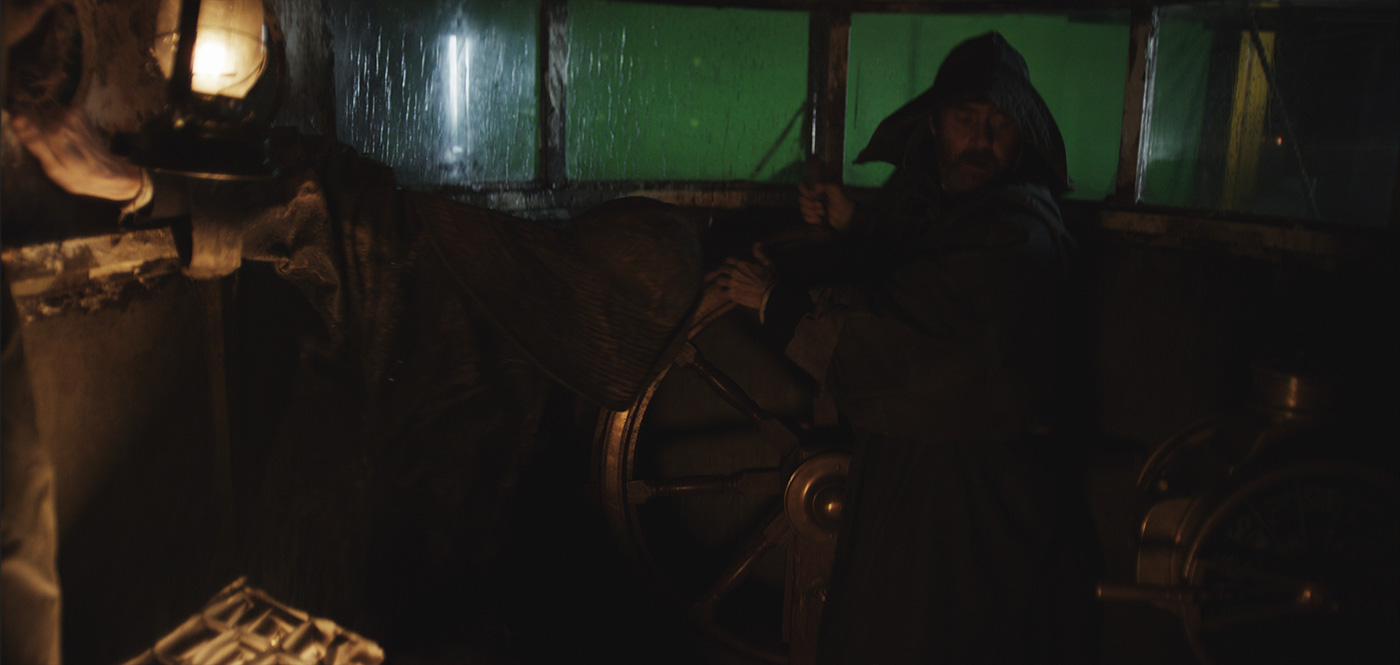
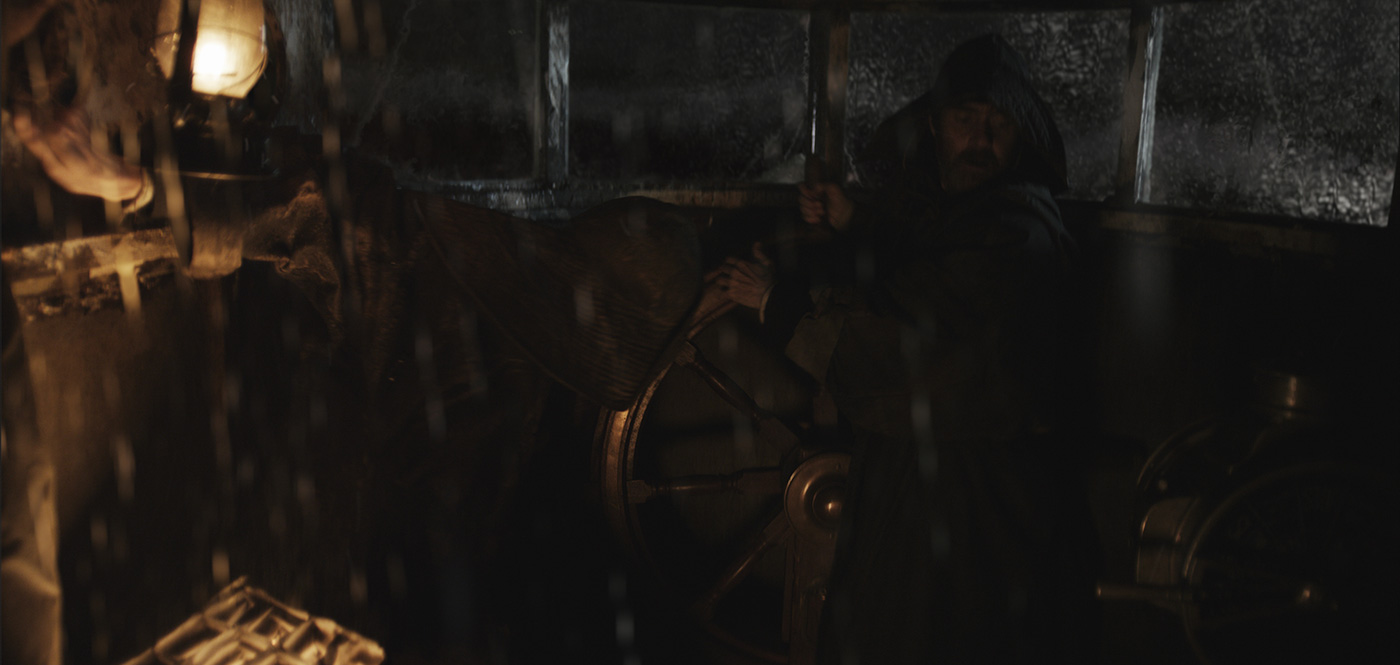
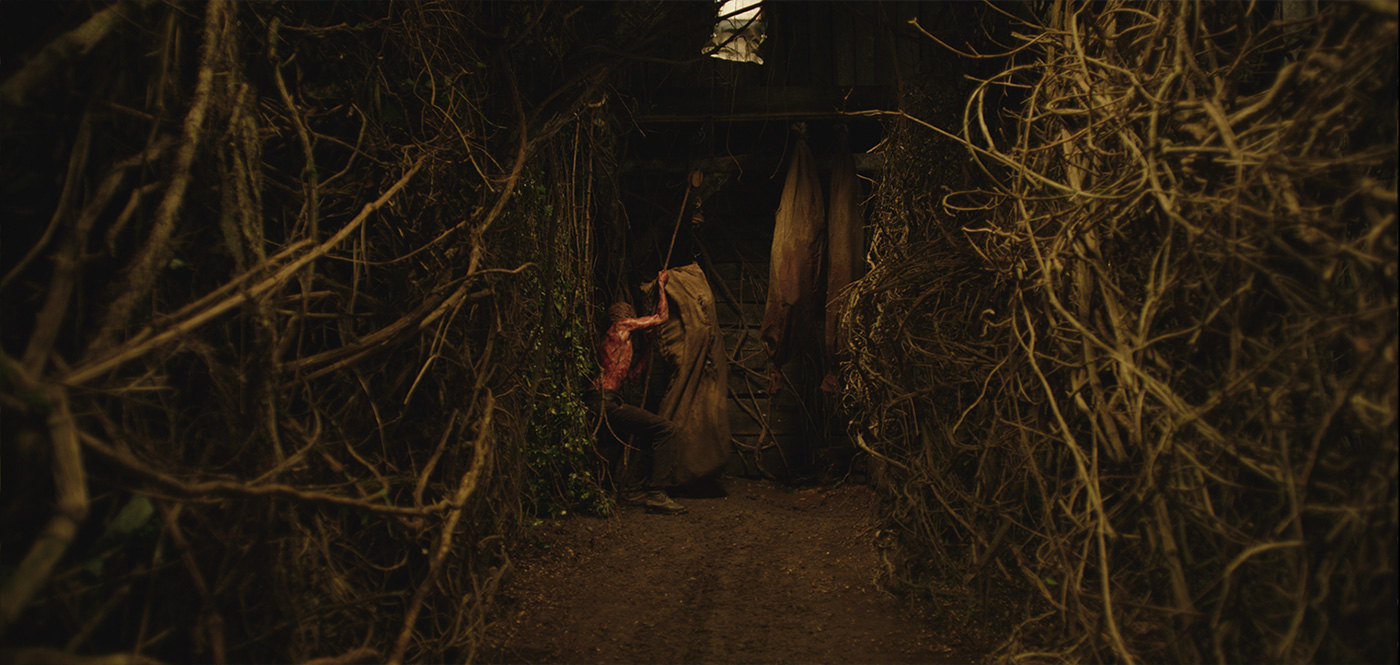
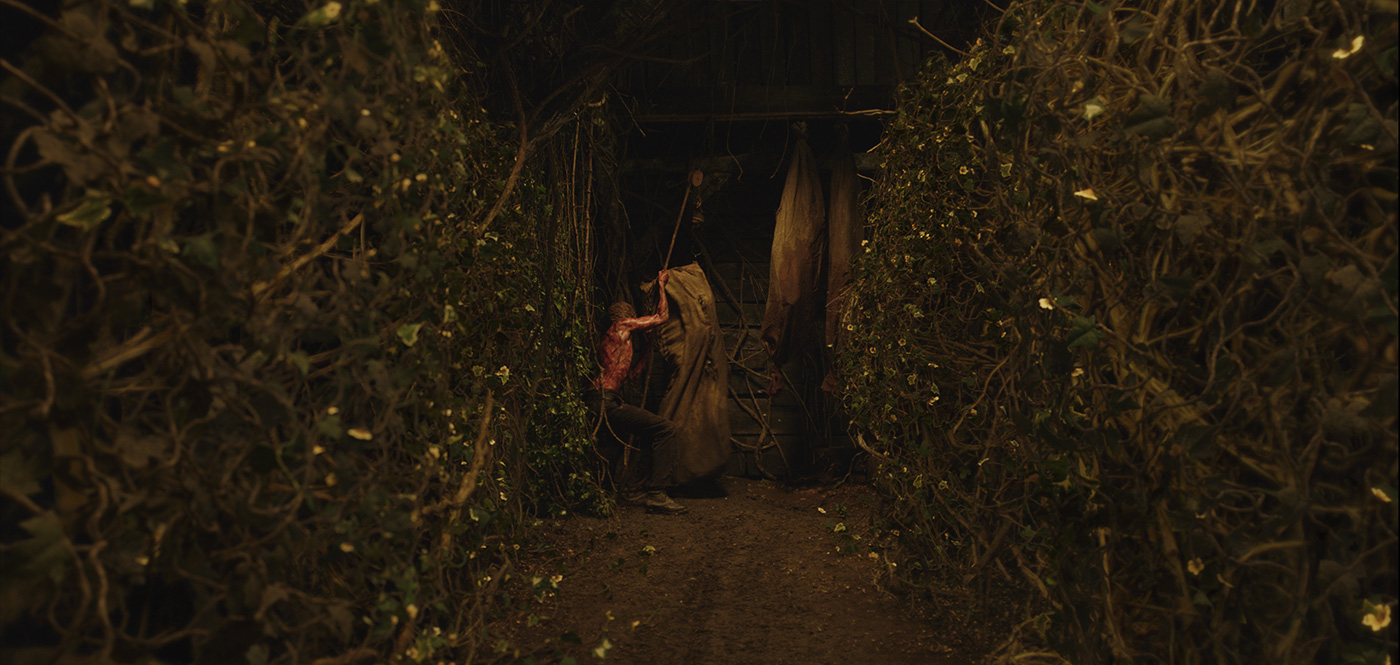
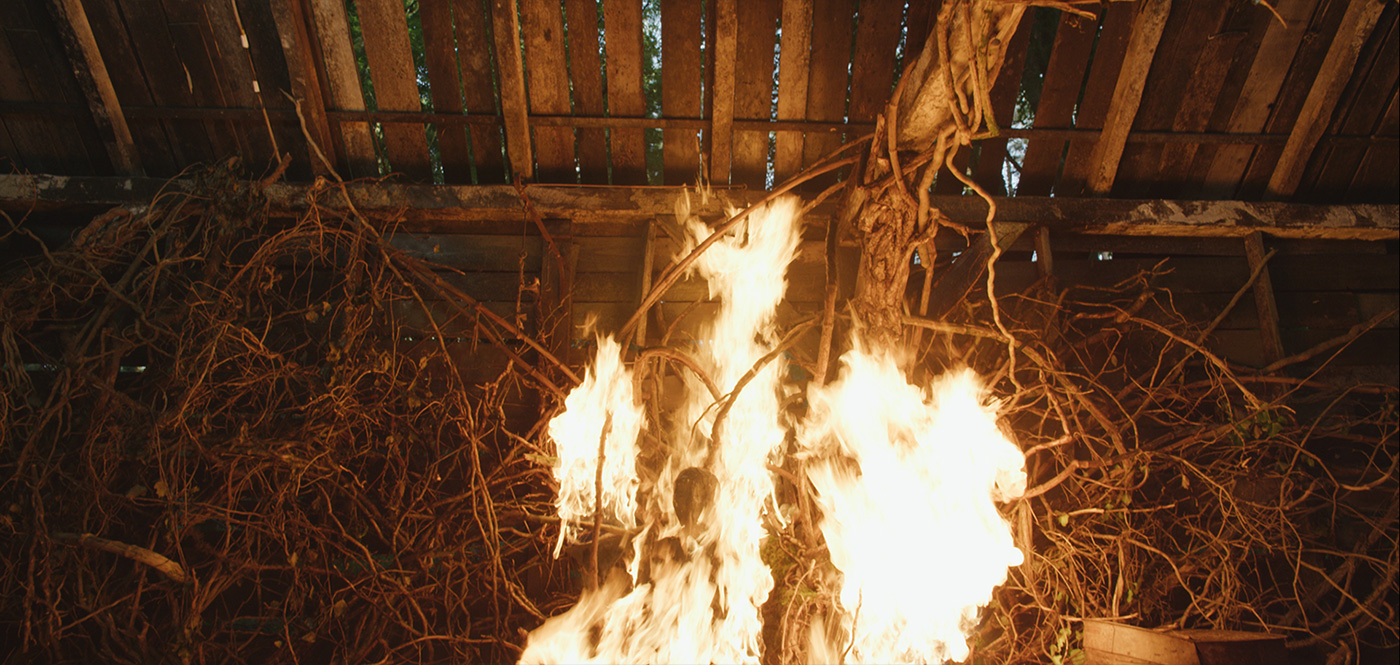
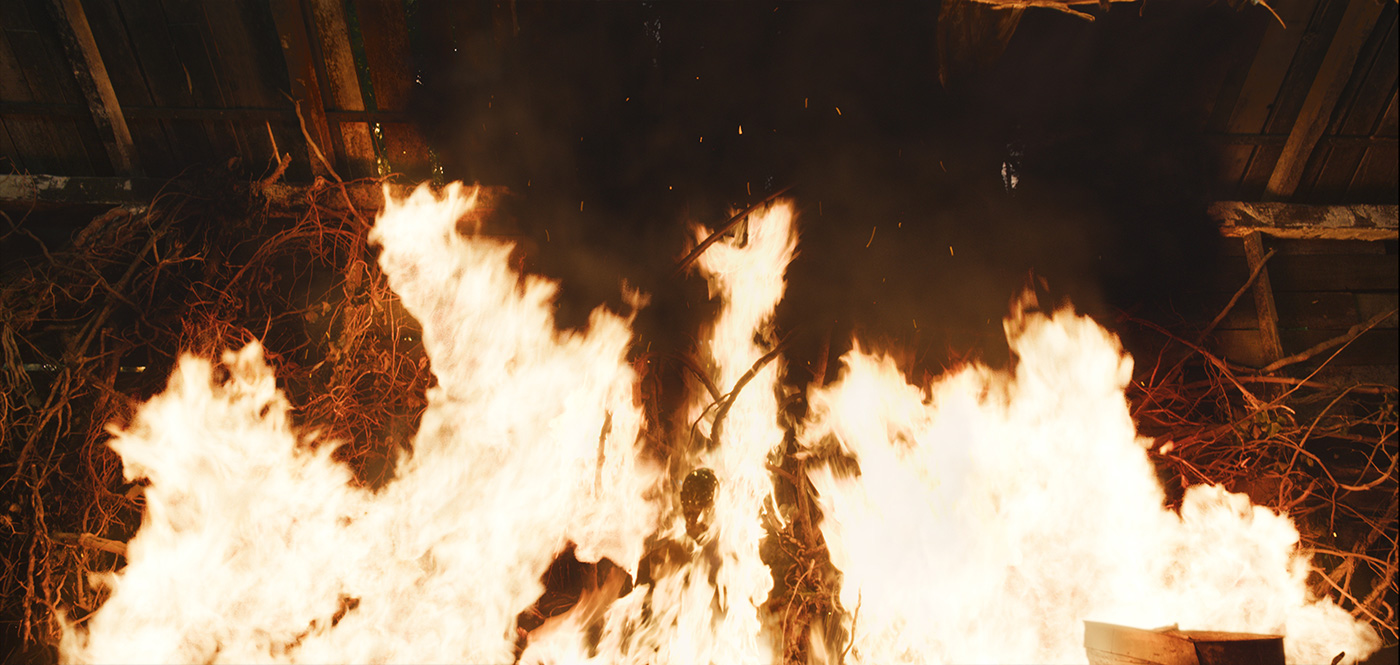
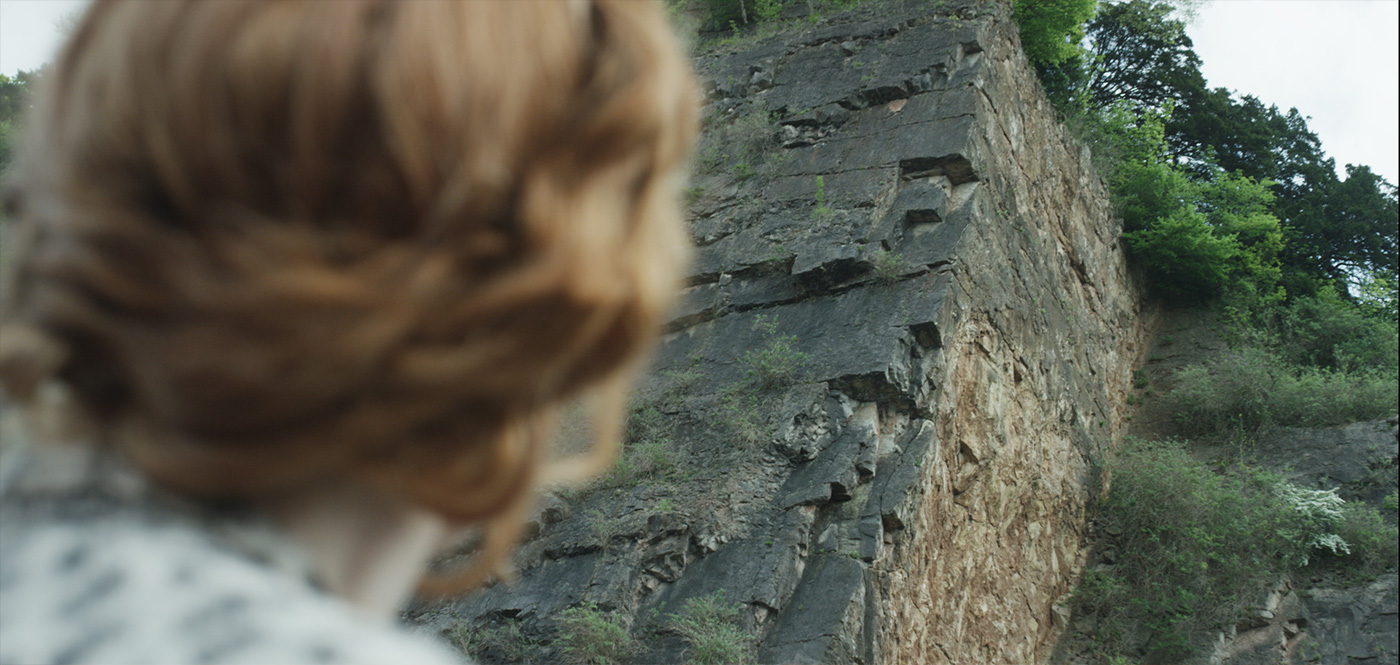
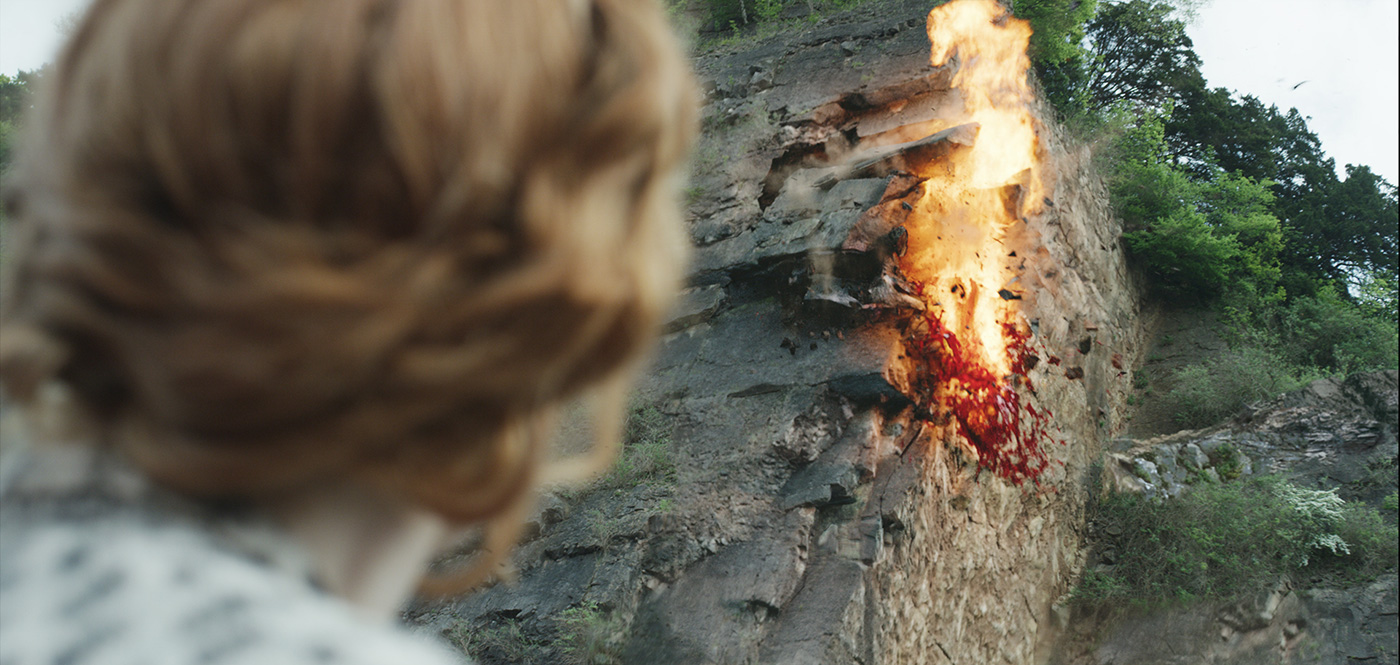
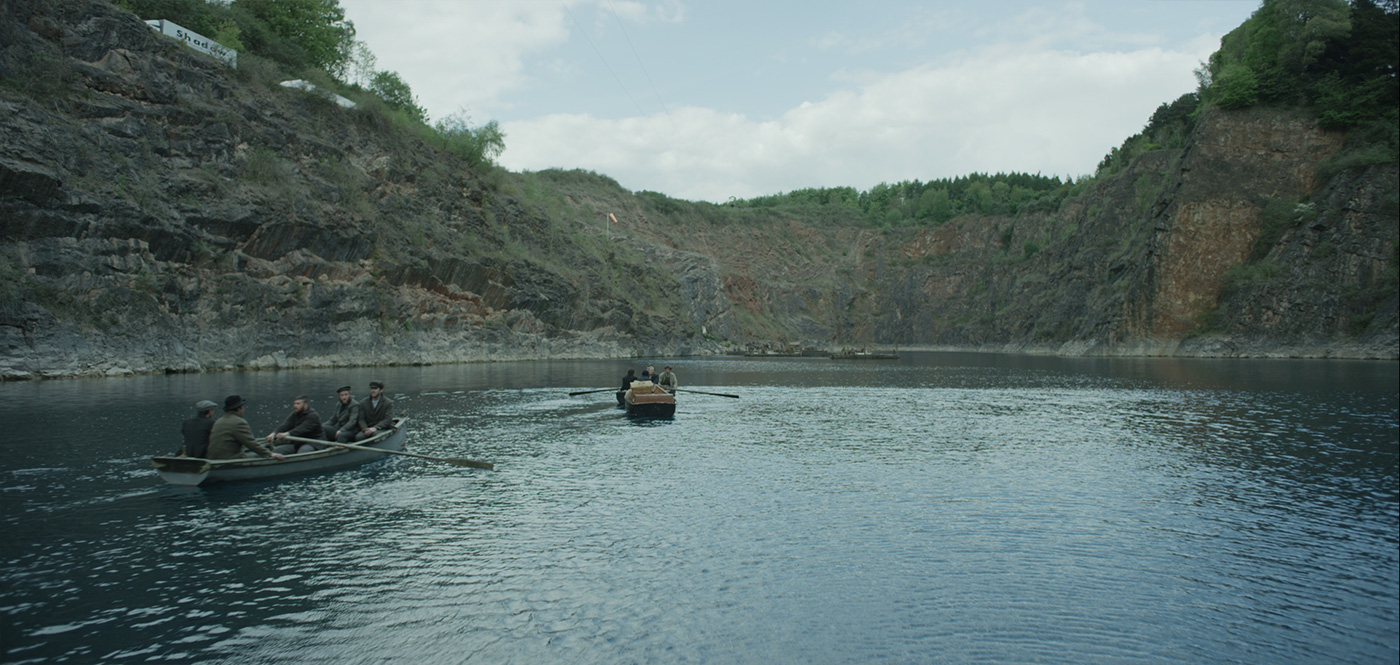
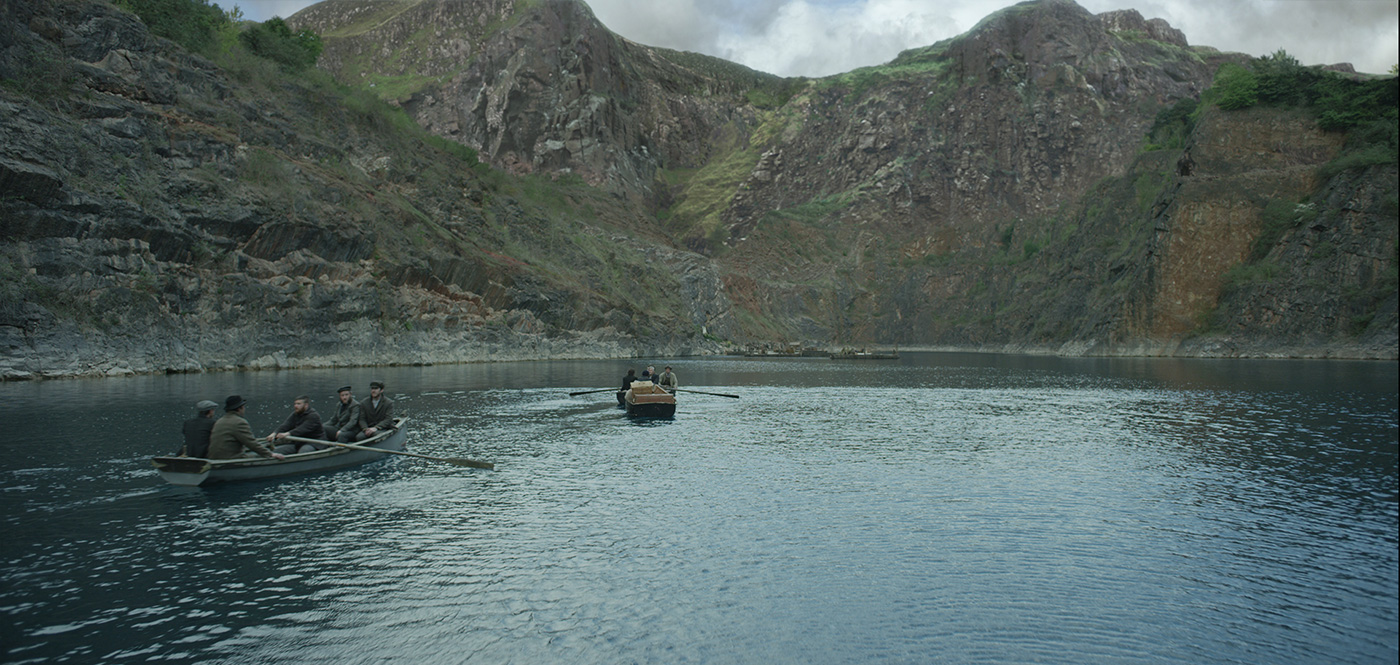





4/4